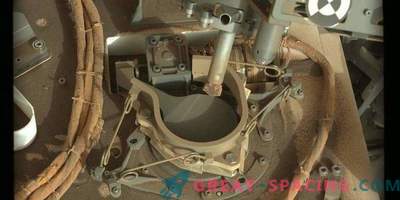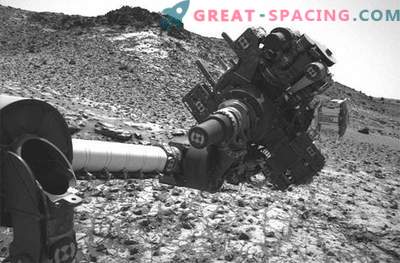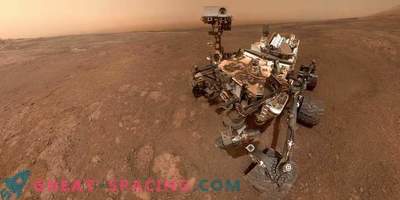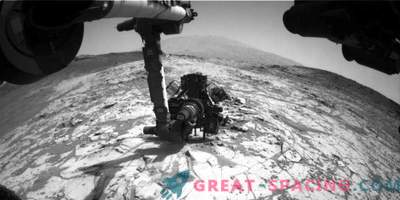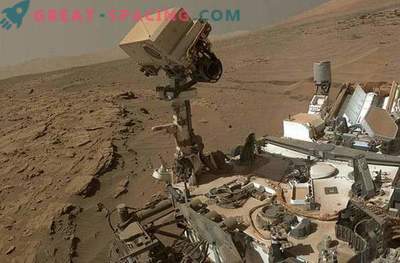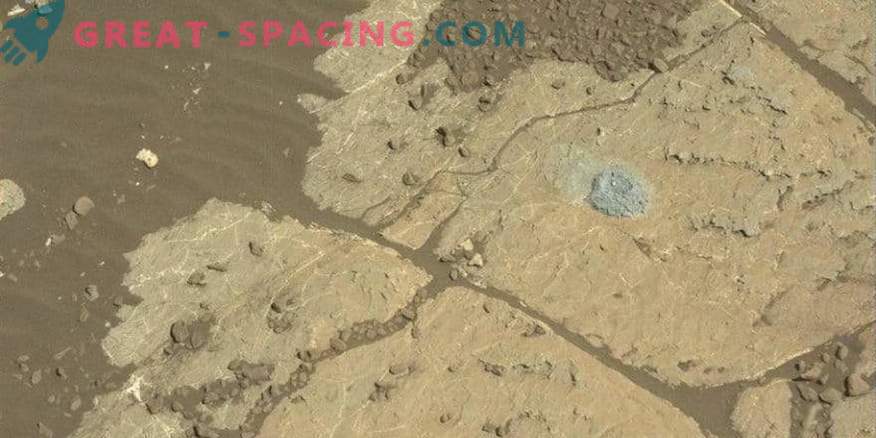
NASA's Mars rover Curiosity used a new drilling method, creating a hole on February 26 at Lake Orcadie. This is the first advancement in the drill system since the problem occurred in the engine more than a year ago.
NASA's Mars rover Curiosity conducted the first testing of a new drilling technique on the Red Planet. This is the first attempt since the drill stopped working more than a year ago. As a result, it was possible to drill a centimeter hole in the area called Lake Orcadie. This is not enough to take a sample, but enough to test a mechanical tool.
This is the first attempt in a series of tests aimed at testing how well the new method can produce samples. The drill is used to grind rock samples into powder. Then it is deposited in two laboratory rover instruments (SAM — analysis of samples on Mars and CheMin — chemistry and mineralogy).
Curiosity used the drill 15 times since landing in 2012. In December 2016, a problem occurred in the key part, and the mechanism stopped working normally. The faulty engine did not allow the borax to cross and retract between two finger stabilizers. After several months of attempts, the engineers were able to cope with the expansion, but there were problems in the engine. Then the question arose: is it possible to continue working without stabilizers? A snapshot of a new hole on the top hill of Vera Rubin says that “MacGyvering” will pay off. The team managed to conduct successful drilling in terrestrial conditions, and then repeat the same on Mars.
The previous process was like a drill press. Now, the rover uses his hand to push the drill forward, taking all the measurements with a force sensor. Previously, the sensor was turned on in order to stop the hand of the device if a blow occurs, and now it is a “touch” tool, which allows the drill not to step aside and not get stuck in the stones.
After a year of inactivity, Curiosity rover engineers managed to find a workaround and first tested the drill on the Red Planet
It was a difficult challenge. Team members had to spend a lot of double shifts, testing the new method. Devoted to the task weekends and holidays. Representatives of the Jet Propulsion Laboratory also had to invent a new way of delivering powder from the drill to other tools (shaking method). The process was successfully tested on Earth, but it is important to understand that our atmosphere and gravity are different from the Martian ones. Therefore, it remains to be seen whether the powder will be mined in the same volume and whether it can be controlled by the rover tools.
In the near future, engineers are planning to repeat drilling. If you manage to collect the required number of samples, they will test the sampling and check how much powder can be shaken from the drill.
The Curiosity team has not yet received a sample, but is already excited by the preliminary successes. The present position of the rover in the ridge of Vera Rubin is of great interest for researchers, because there are gray and red stones here. The latter are endowed with hematite, which is formed in the presence of water.
